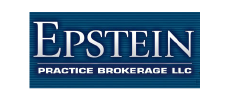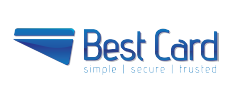Helping Dentists Navigate Their Finances
From tax planning and compliance to practice growth strategies, we understand the challenges and opportunities of healthcare finance. Let us help you on providing quality patient care while we manage the financial health of your practice. Discover how we can support your success throughout your business life cycle.
Less Than A Month Away!
We are now less than a month away from the start of our two-day convention in Bridgewater… now is the time to pick your CE courses and make your plans to be part of this exciting gathering of the NJ dental community!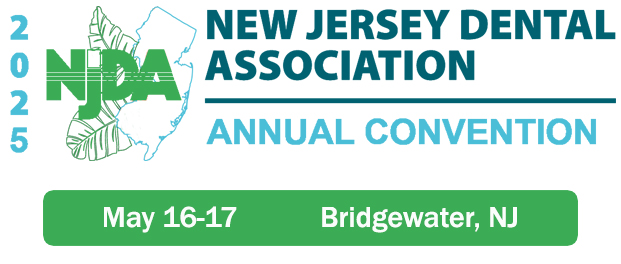
RSVP By May 1st
The NDJA Celebration on May 16 is going to be huge! We are taking over the entire 7th floor of the AC Hotel including three bars, outside patio, pool table, DJ and dance floor!
New Jersey Dental Foundation
Take a moment to learn more about NJDA's brand new initiative to help the public learn more and gain access to oral healthcare! Read the mission statement, governance, structure and more.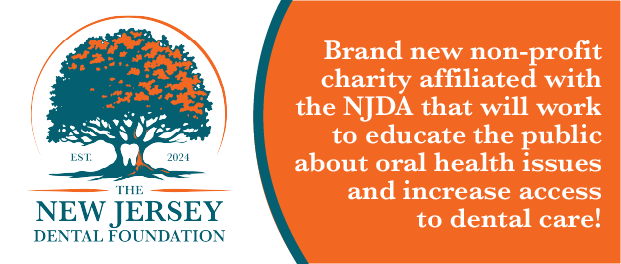
This is membership your way
Renew today to explore new lower membership costs and customization offerings.
Helping Members Succeed
The New Jersey Dental Association is the voice of the dental profession and a strong proponent of oral health in the state. Members are part of a vibrant community of dentists encompassing 12 local dental societies as well as the American Dental Association. Members engage in educational programs, have access to dentist-centric relationships and tools to navigate the business of dentistry and their careers, as well as benefit from dedicated advocacy that protects the interests of the profession. The organization is run by member-dentists with the support of a team of professionals at NJDA Headquarters. NJDA members never practice alone!
UPCOMING EVENTS
DENTAL NEWS AND NOTES

Reduce Dental Employee Turnover with Improved Hiring & Onboarding
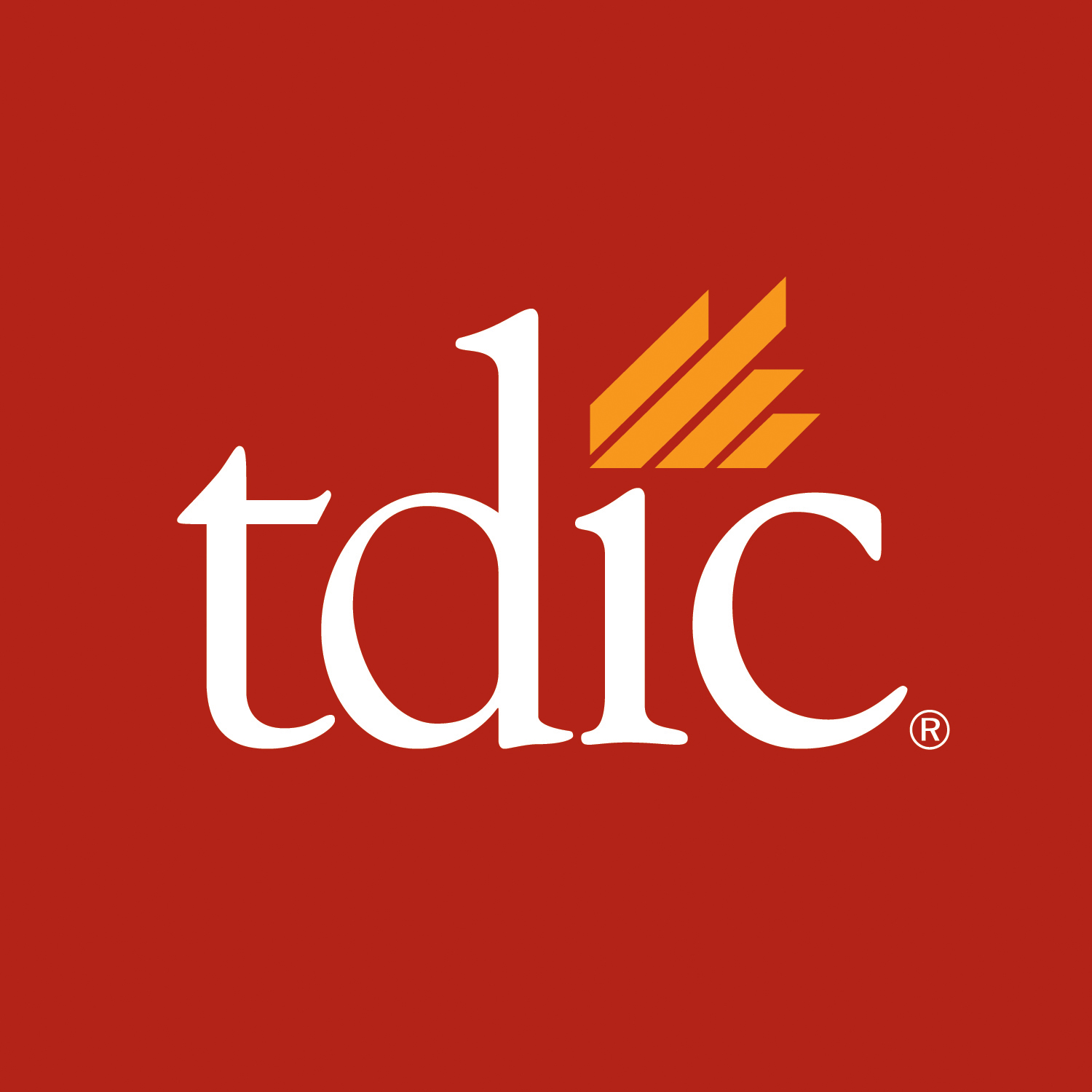
It’s rare to meet an employer who has never had to fire an employee. However, employee termination should be the exception in your dental practice, not the rule.
The Dentist’s Insurance Company’s Risk Management Advice Line analysts encourage dentists to invest time and resources to hire the right candidate upfront. Advice Line analysts offer up the following best practices for finding and hiring quality employees.
Implement Effective Screening Tools
Creating a robust screening process is invaluable when it comes to searching ideal candidates. A carefully composed job description allows an employer to define their expectations, qualifications, necessary experience and education along with explaining key job functions. Not requiring the candidate to fill out a job application is a missed opportunity for filtering out potential bad hires, allowing you to collect information and the applicant’s signed approval for you to check their background and qualifications.
Invest in Interviewing
After identifying candidates who can fulfill the duties of the job description and who have accurately portrayed their qualifications, an interview is the next step. Maintain consistency in the questions you ask other candidates applying for the same job as a basis for equitable comparison. It is advisable to ask for a copy of the candidate’s license (RDA, RDH, DDS) so you can verify that the license is in good standing with the state dental board.
An Employee Handbook is a Crucial ToolAn employee handbook is the most effective means of both documenting and communicating employment conditions and expectations. Certain employment laws require employers to notify employees of workplace rights in writing, so a well-developed manual that can be given to employees is a key step to documenting your compliance with federal, state and local employment regulations.
Performance Evaluations Should Be RoutineRegular performance reviews establish the validity of employment decisions, by creating a pattern of communication and documentation related to the employee. A well-defined job description can assist practice owners and managers as a reference when providing performance feedback and, if needed, the development of a performance improvement plan.
Establish Checks and BalancesWithin the setting of a dental practice, checks and balances ensure that no one person has absolute control over decisions, clearly define the assigned duties, and force cooperation in completing tasks. They help reduce mistakes and prevent improper behavior in organizations.
Maintain Personnel FilesA personnel file is just as important as a patient chart. Documentation in a personnel file can provide important supportive data. For example, to show an employee’s discipline history in support of a termination and any subsequent litigation. Include the employee’s signed acknowledgement that they have received, read and understood the employee handbook, as well as copies of performance reviews and improvement plans. It is a good idea to keep certain employee records and information in a confidential file, separate from the personnel file, such as their medical records, Worker’s compensation claims information, their I-9 form and background checks.
Employee termination can be a difficult and sensitive matter. Risk Management analysts agree that it’s better to mitigate the risks associated with termination with an emphasis on hiring and retaining high quality employees. If you are in doubt about any employment practices or need other assistance, contact TDIC’s Risk Management Advice Line for expert guidance.
TDIC’s Risk Management Advice Line is a benefit to TDIC policyholders. To schedule a consultation with an experienced risk management analyst, visit tdicinsurance.com/RMconsult or call 1.877.269.8844.
For use by the California Dental Association components, the Arizona, Hawaii, Idaho, Nevada, New Jersey, North Dakota, Oregon, Pennsylvania Dental Associations and the Alaska and the Illinois State Dental Societies. If you wish to reprint this article, contact TDIC in advance by emailing info@tdicins.com. If you would like to request edits to this article prior to publishing, include the suggested changes in your email.
Contact Us
Phone: 732-821-9400 or dial the Staff Directly
Fax: 732-821-1082 | Email: info@njda.org | Follow us @NJDentalAssoc
One Dental Plaza, North Brunswick, NJ 08902




